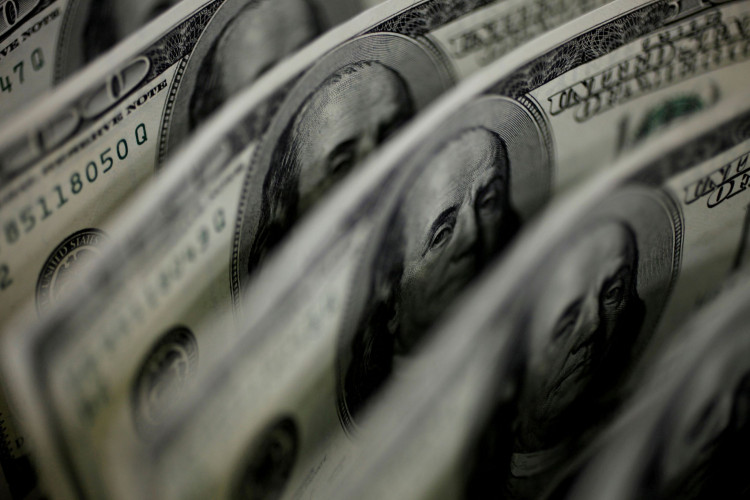US inflation has hit a two-year low, signaling the end of the inflation cycle. However, persistent core inflation remains a concern.
According to a report by Nick Timiraos from The Wall Street Journal on July 9, as efforts to curb inflation enter the "final mile," progress may falter as only an economic recession can truly slow down core inflation.
Earlier, data from the US Bureau of Labor Statistics showed that the US Consumer Price Index (CPI) increased by 4% year-on-year in May, marking the 11th consecutive decline, and the smallest year-on-year rise since March 2021. At the same time, the core CPI rose by 5.3% year-on-year, a drop from the previous 5.5%, and the lowest since November 2021, but still higher than the expected 5.2%.
Timiraos suggested that decreases in inflation for housing and used cars could aid in improving inflation figures. However, if economic growth continues, it could be difficult to further reduce the inflation rate from current levels to the Federal Reserve's target of 2%. This may force the Fed to maintain a tight monetary policy before the job market weakens:
Compared to reducing the inflation rate from 9% to 3%-4%, the "last mile" to reduce it to 2% could be more challenging if economic activity remains stable.
UBS predicts that the core personal consumption expenditure inflation rate will drop to 3.3% this year and further to 1.6% next year, but only if the economy falls into a recession later this year.
So far, there are no signs of that happening.
Timiraos pointed out that over the past two years, many forecasters expected core inflation to decrease as special commodity prices reversed their upward trend. However, they later found that other inflationary pressures emerged:
It's like playing whack-a-mole.
He suggested one of the main reasons for the stubborn core inflation is wage inflation, as the still tight labor market puts upward pressure on wages:
In May, there were 1.6 job vacancies for every unemployed person, down from a peak of 2 last year, but higher than the pre-pandemic level of 1.2, indicating that the imbalance between labor supply and demand continues.
In June, the average hourly wage grew 0.4% from May, with the annualized growth rate for the past three months at 4.7%, higher than what Fed officials believe is compatible with a 2% inflation rate.
Timiraos noted that a hot job market is making it difficult to reduce inflation:
If the economy doesn't slow down, wage growth could remain high, thereby supporting stronger demand for goods and services, which in turn boosts demand for labor.
If consumers feel secure in their jobs, they will continue to spend, making it even more difficult to control inflation.






